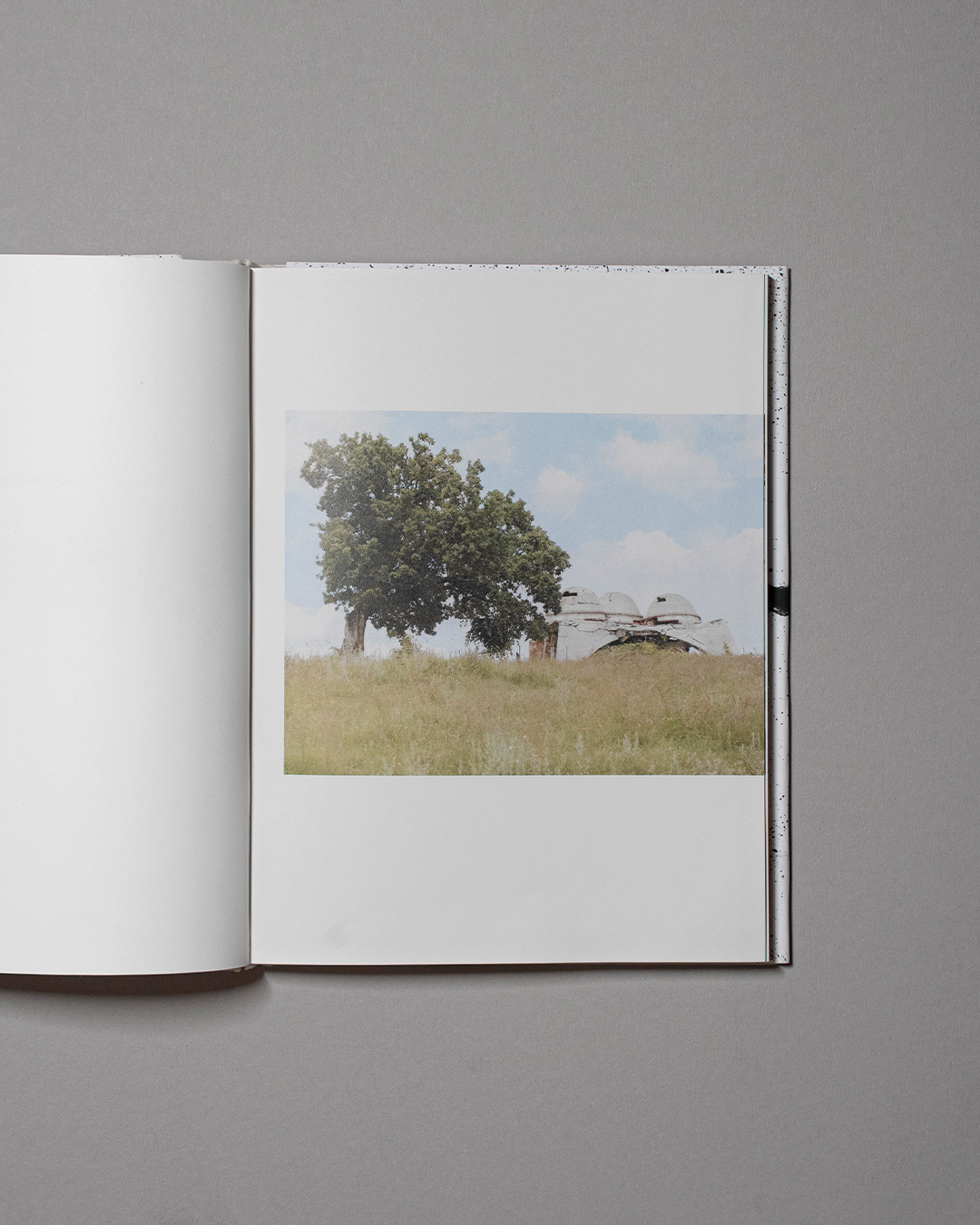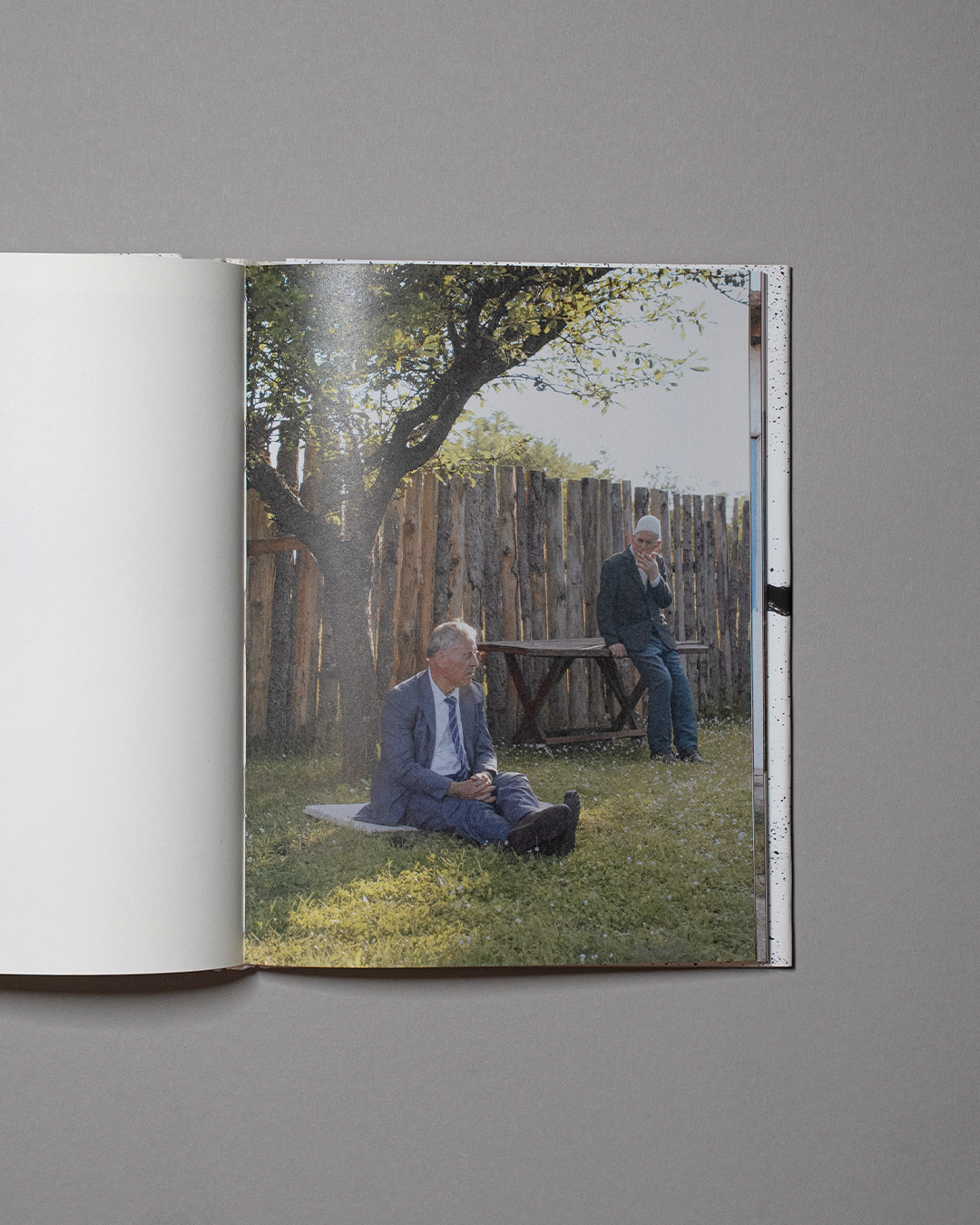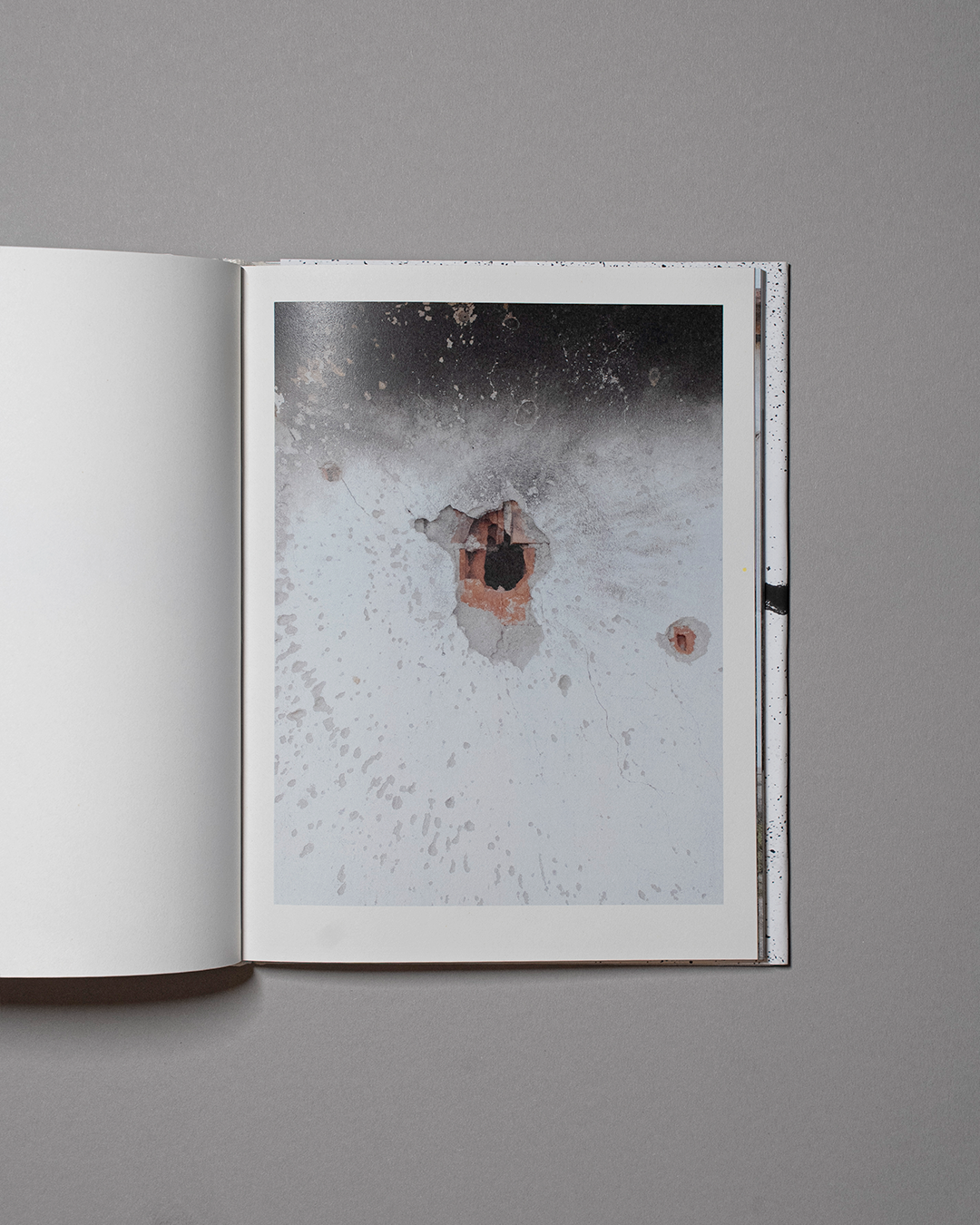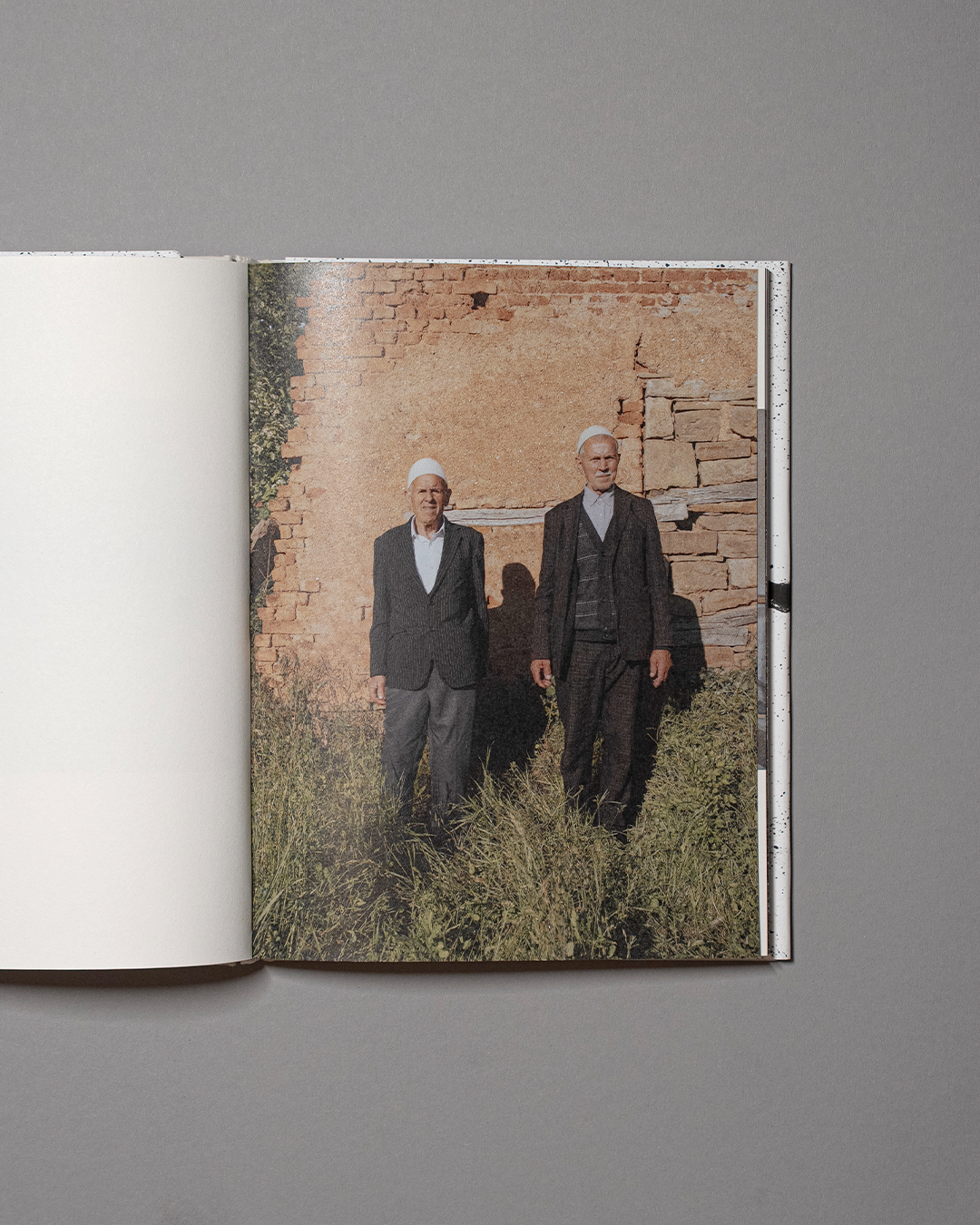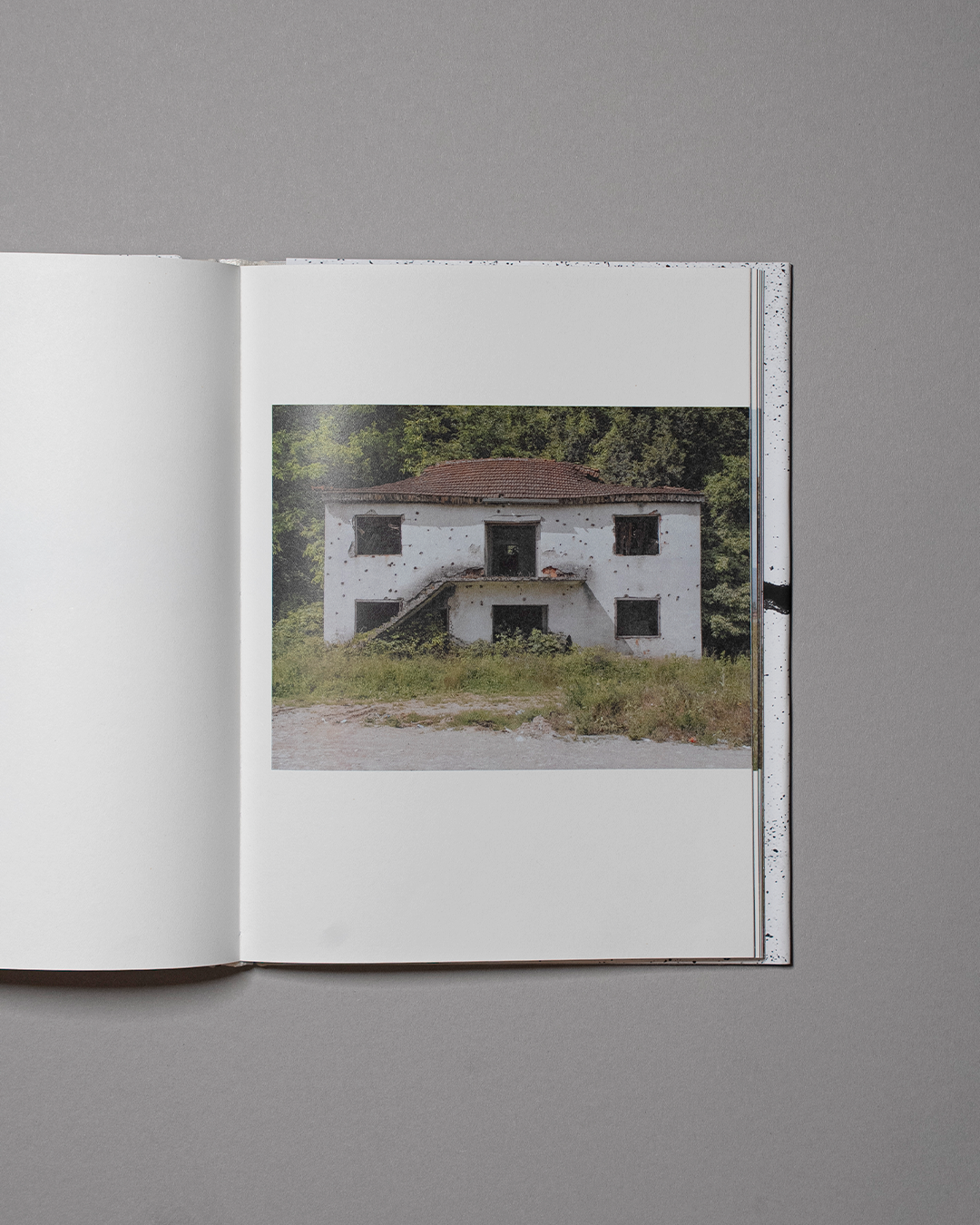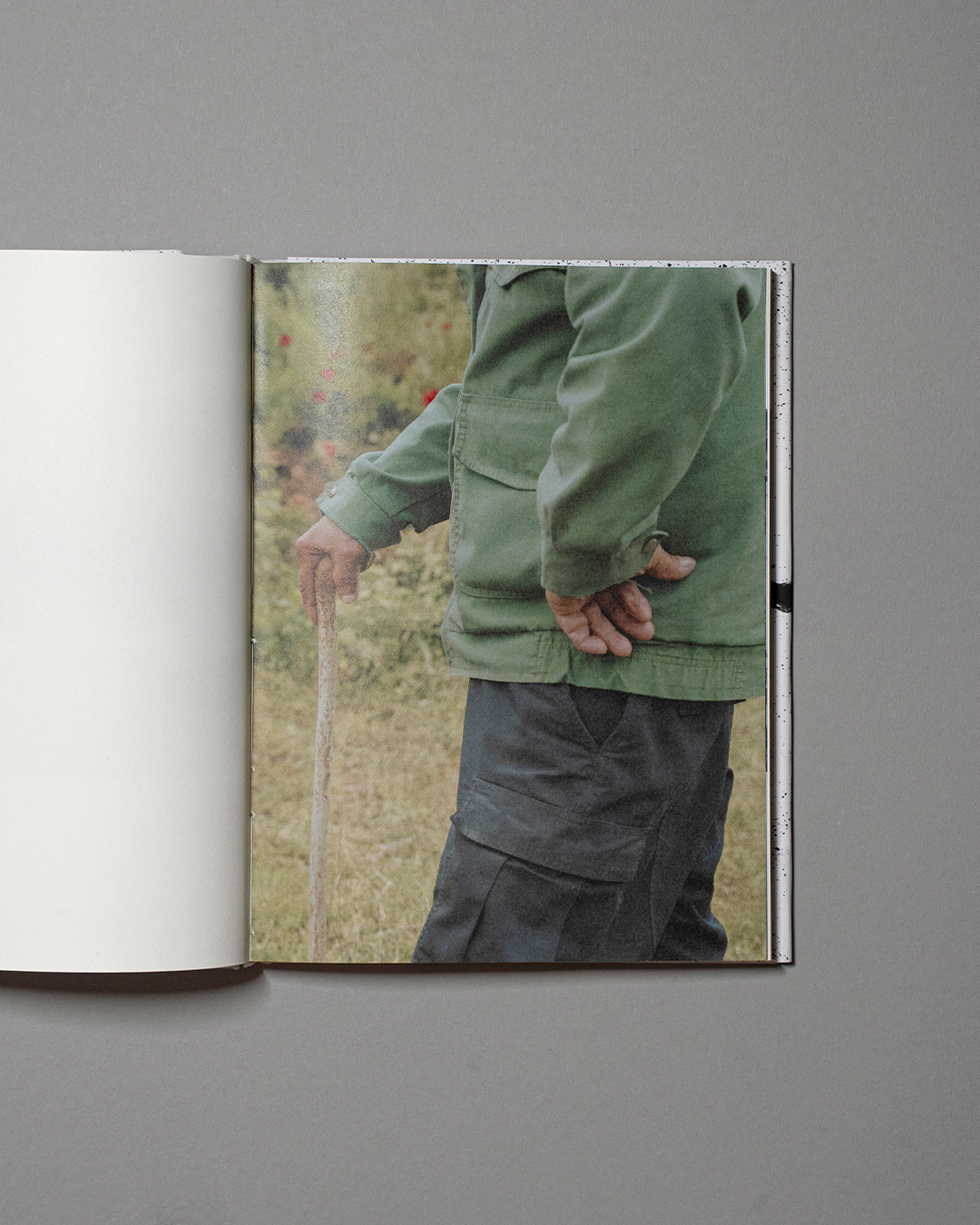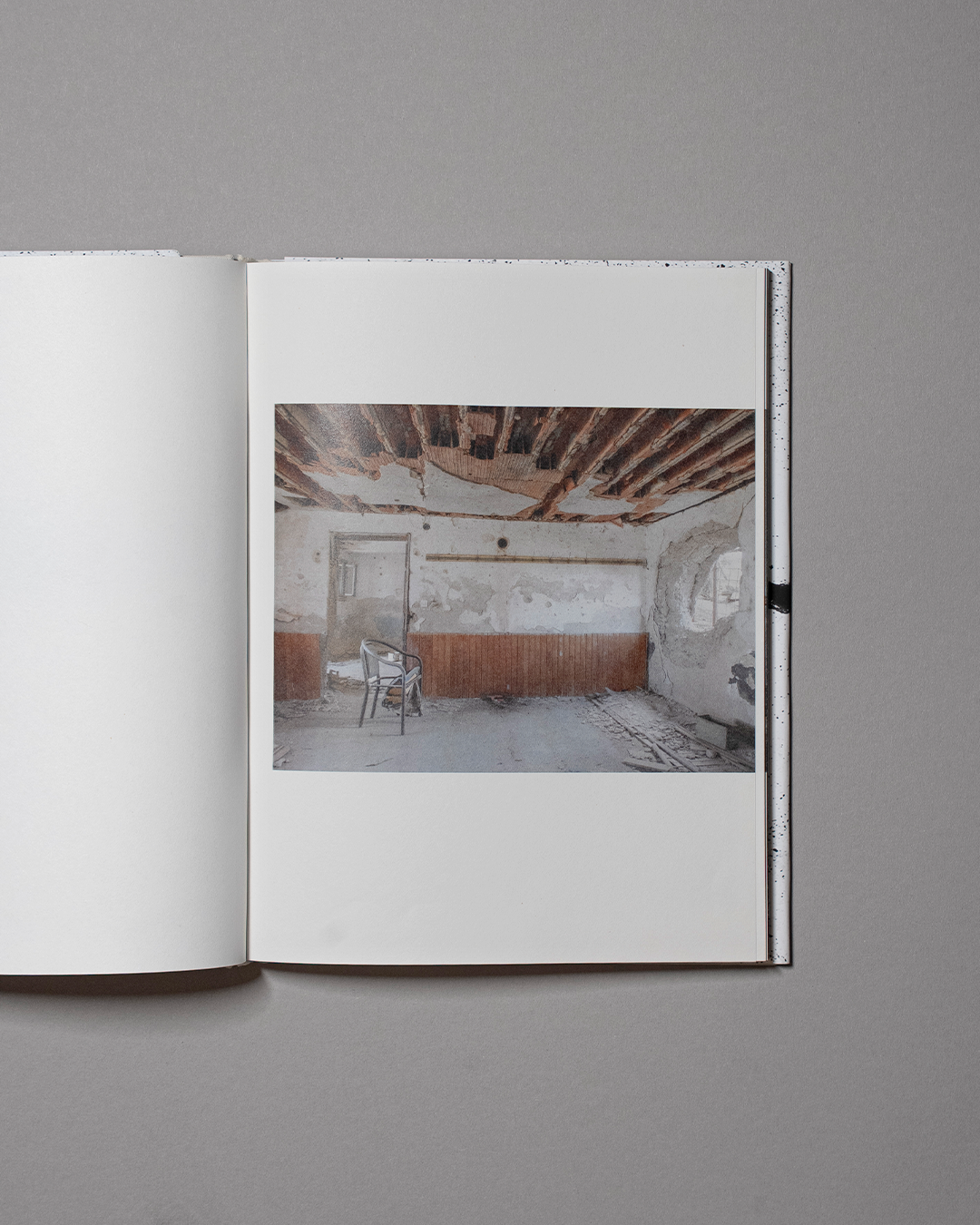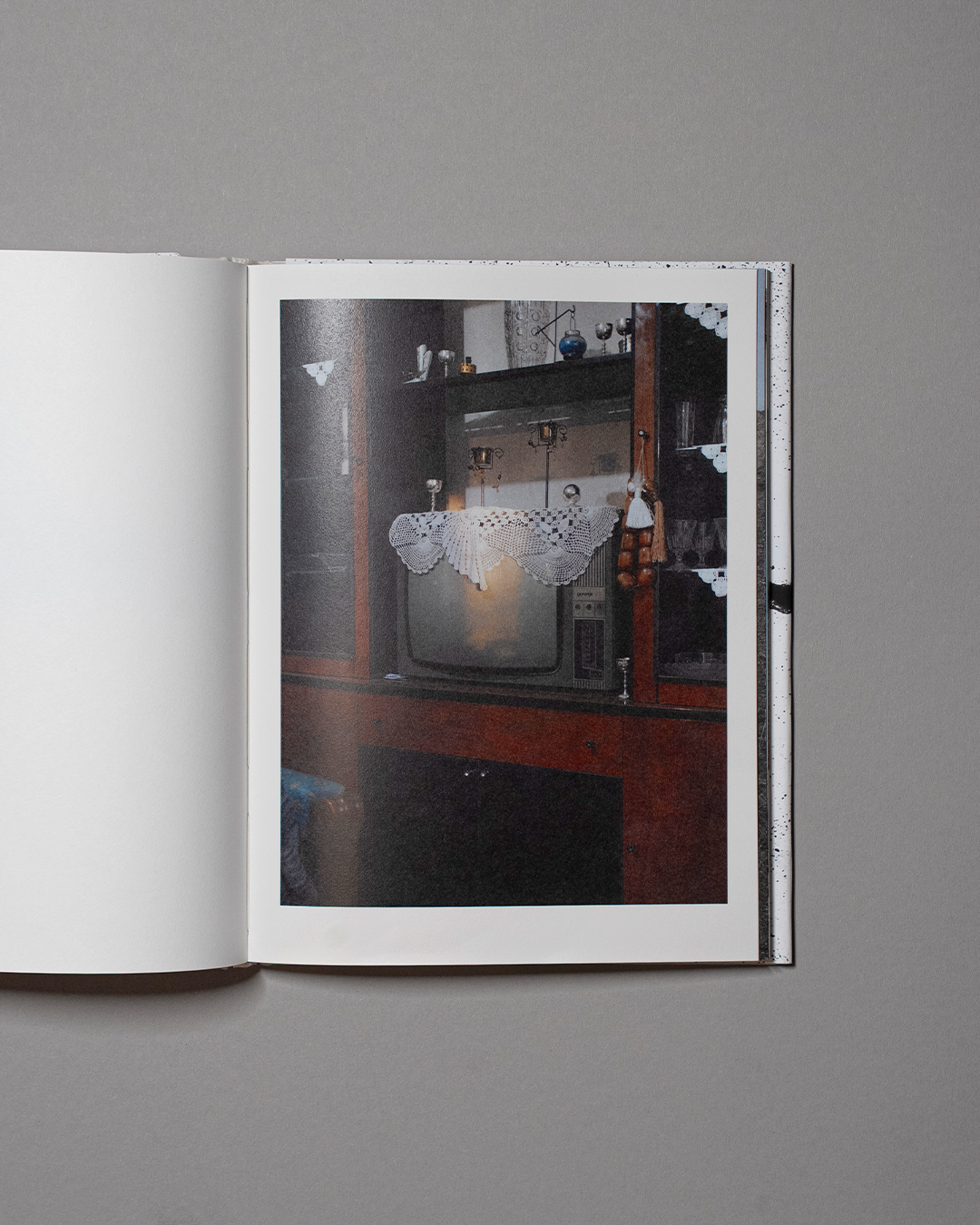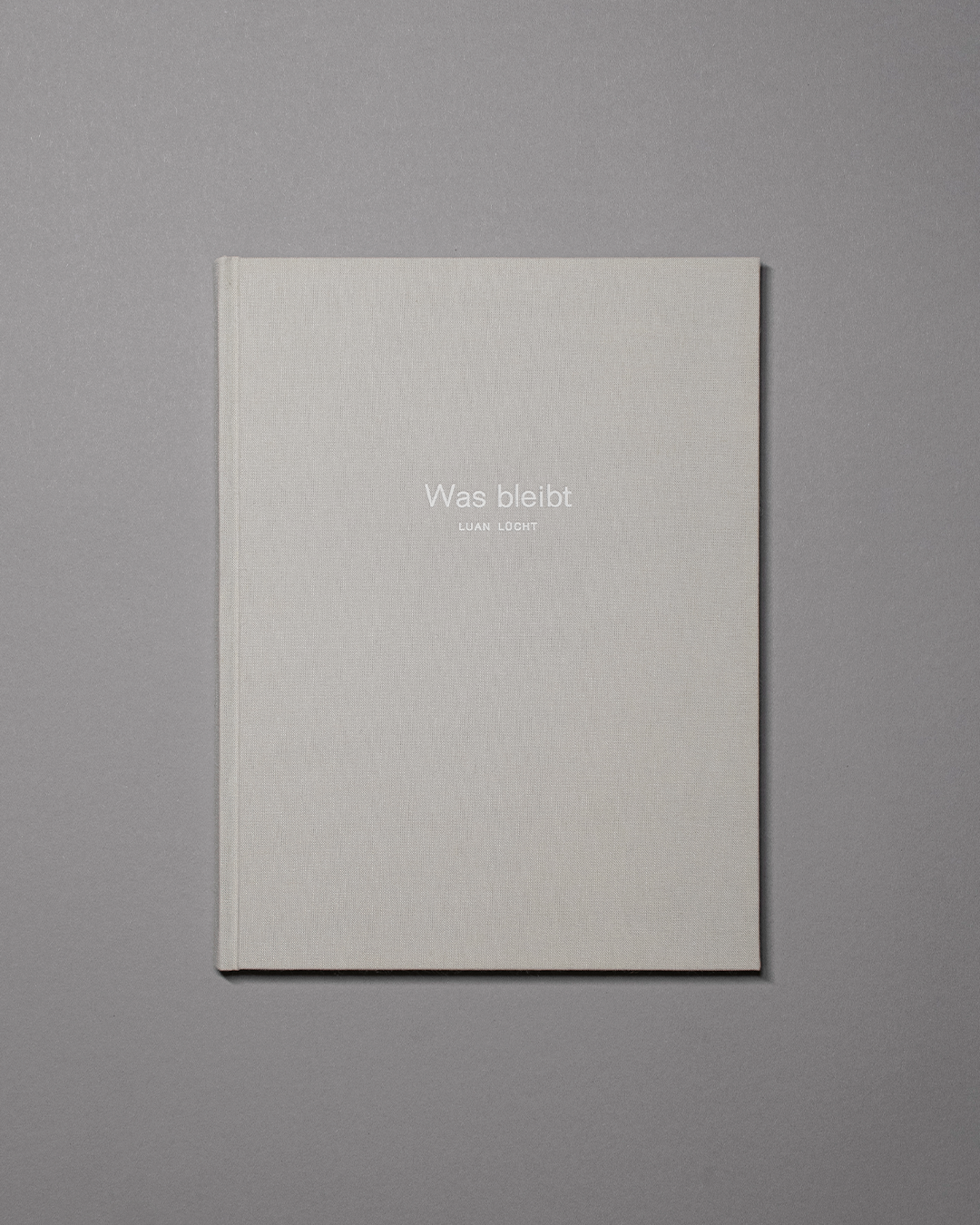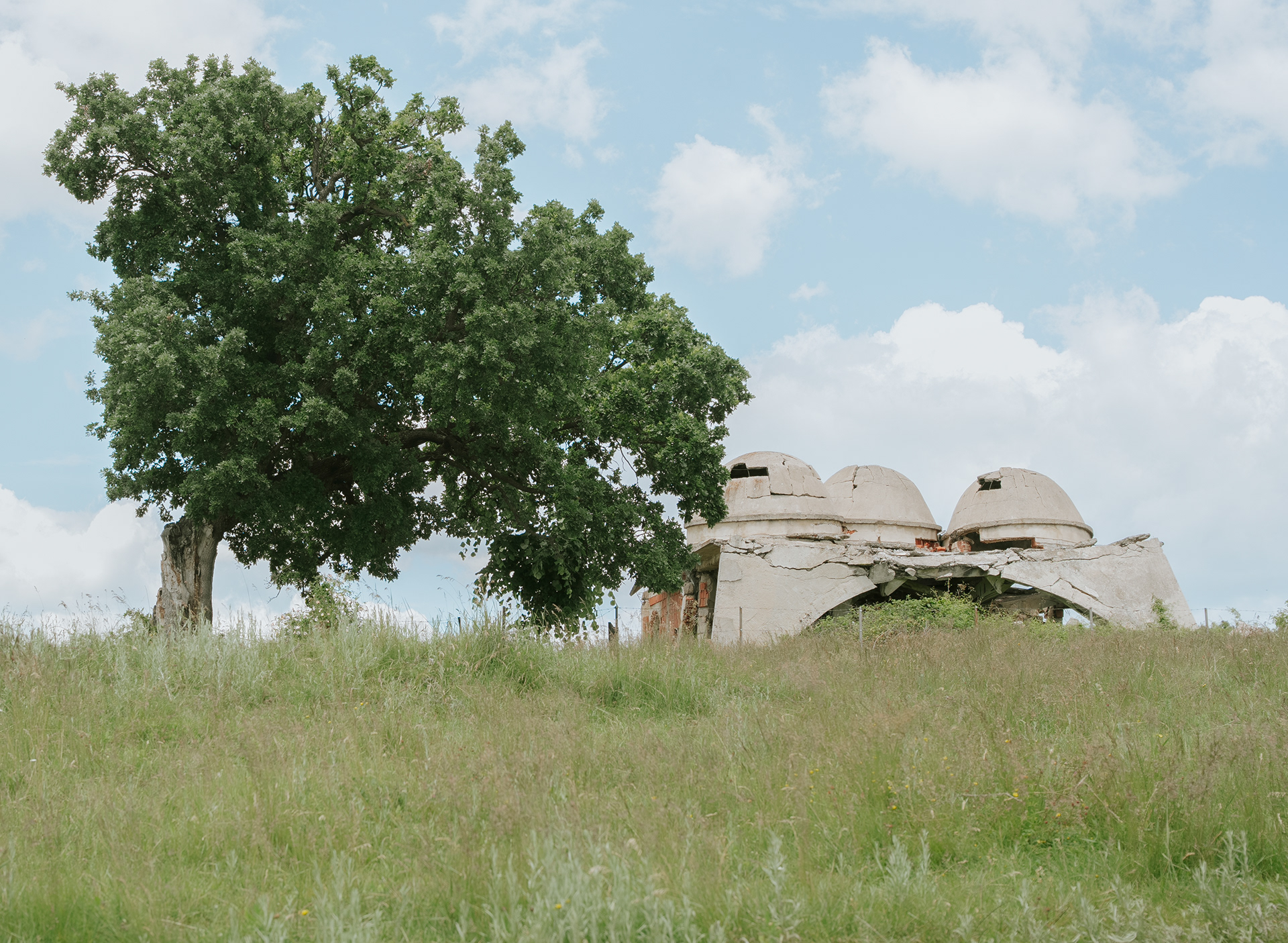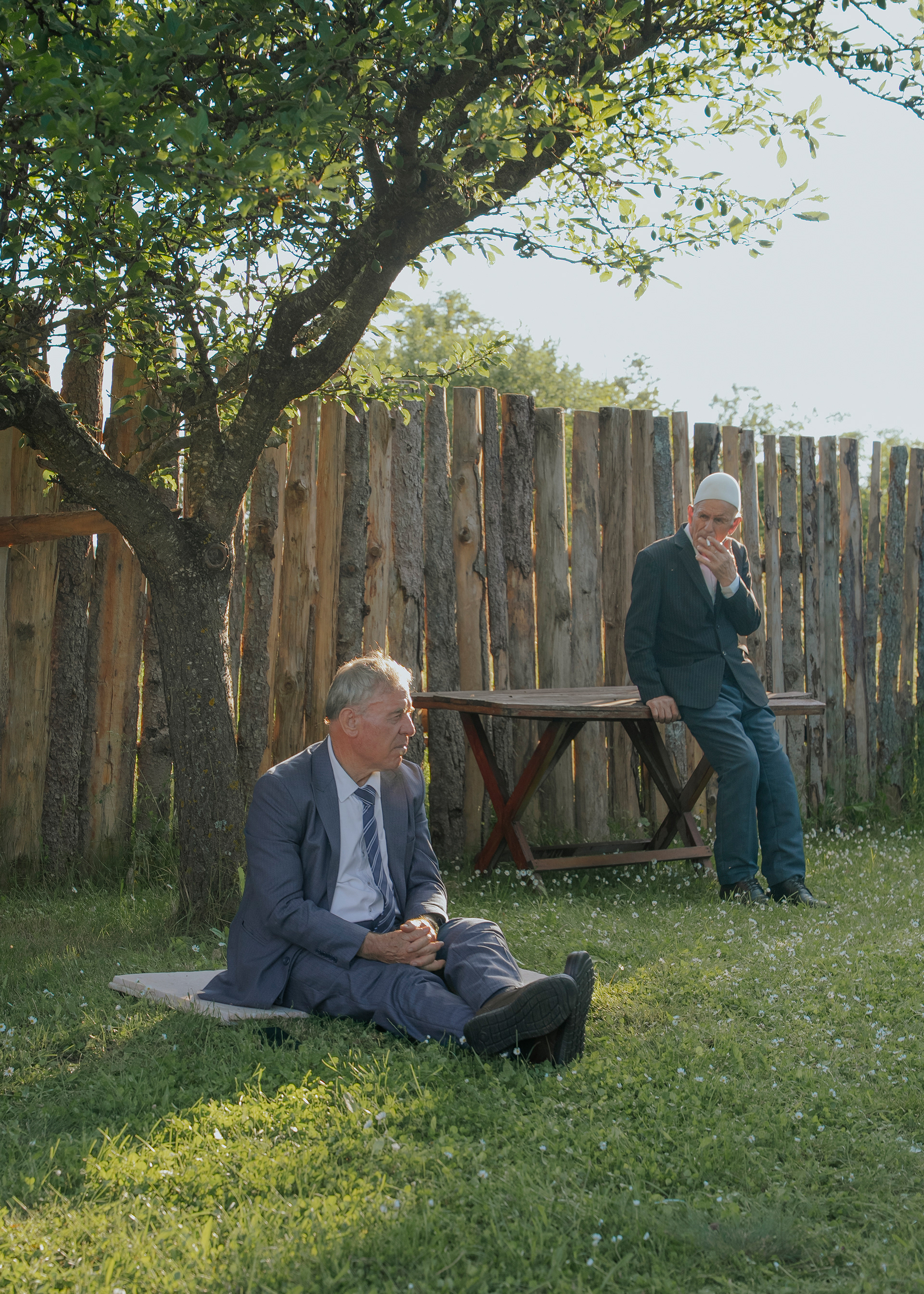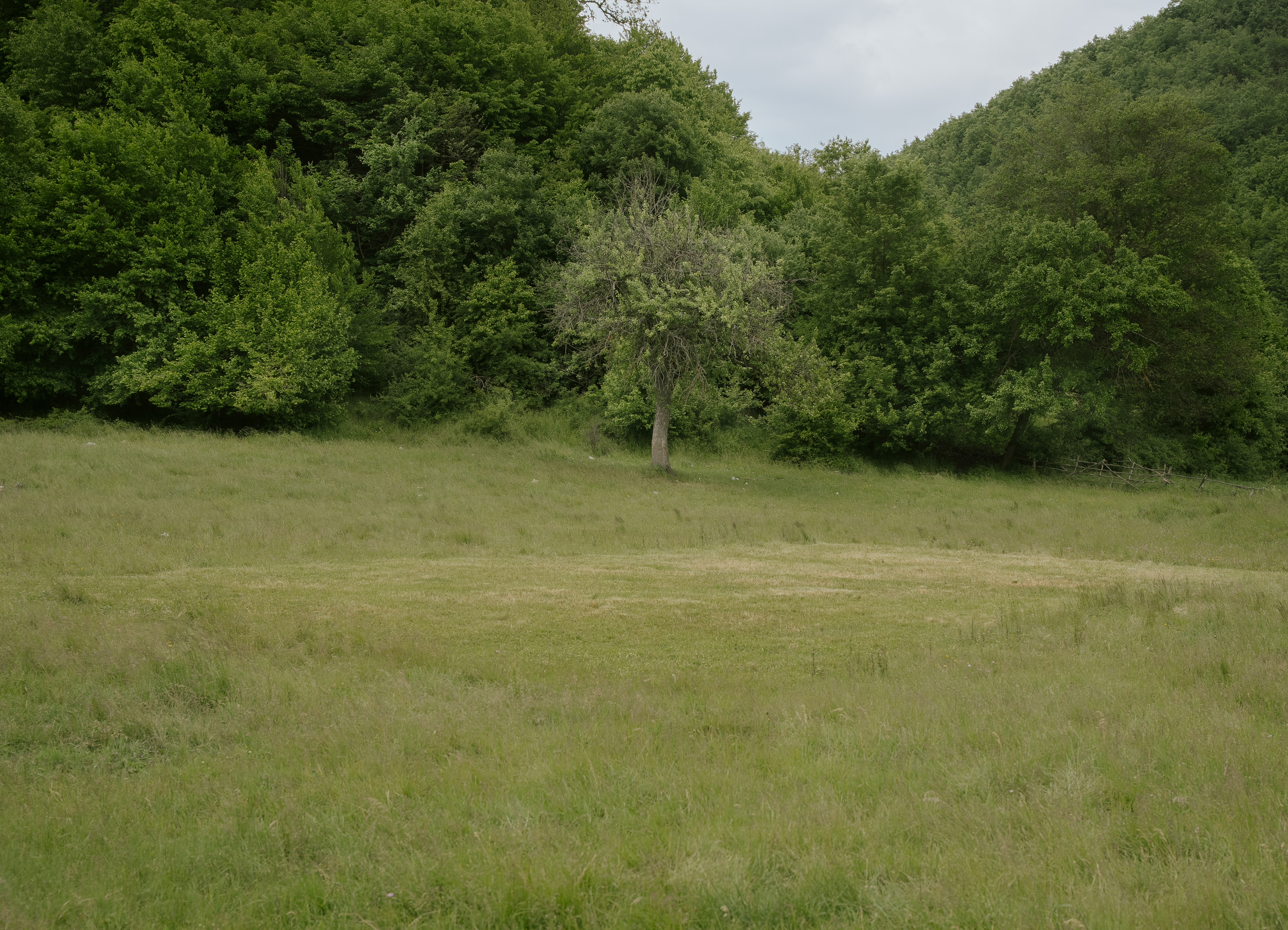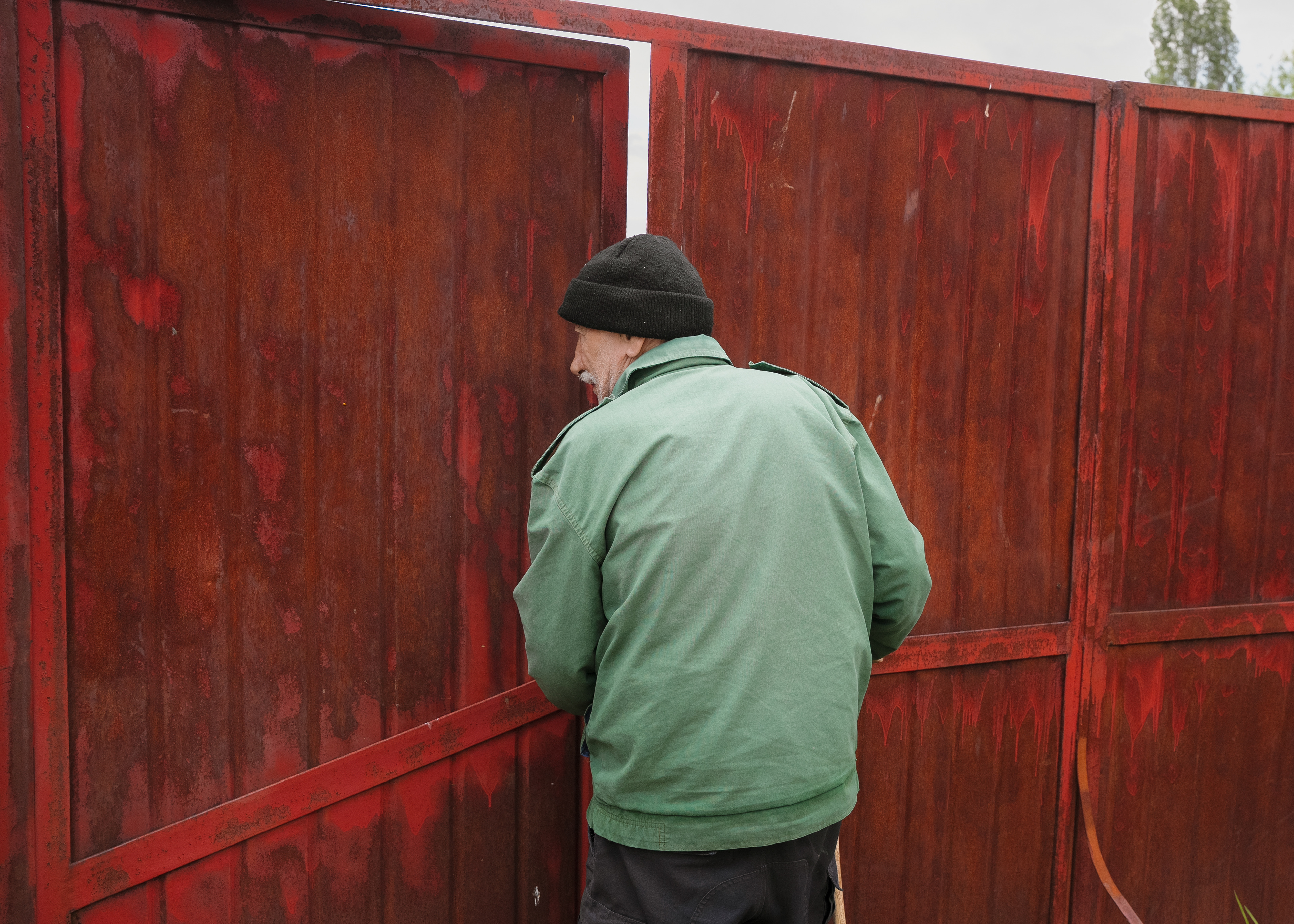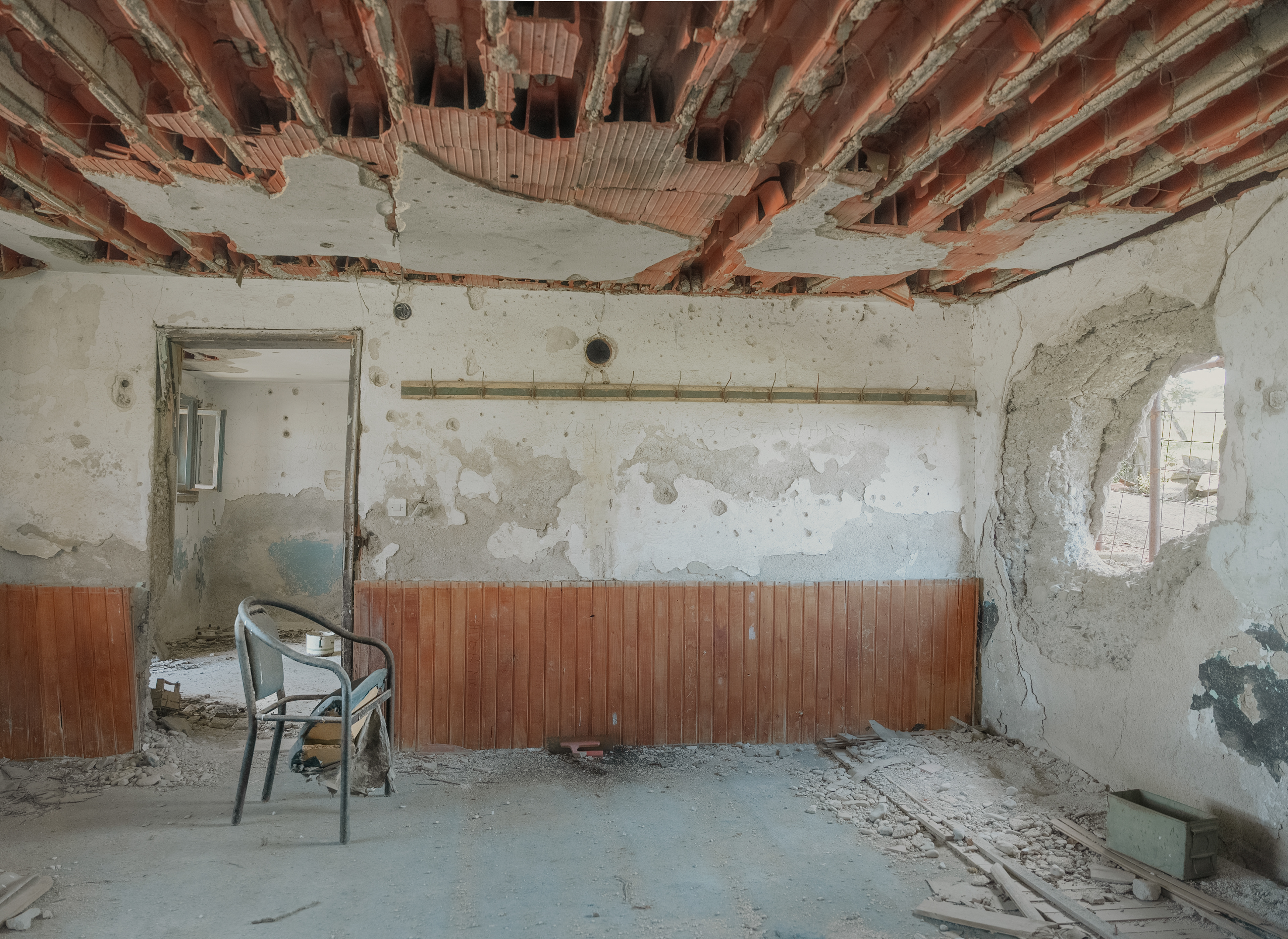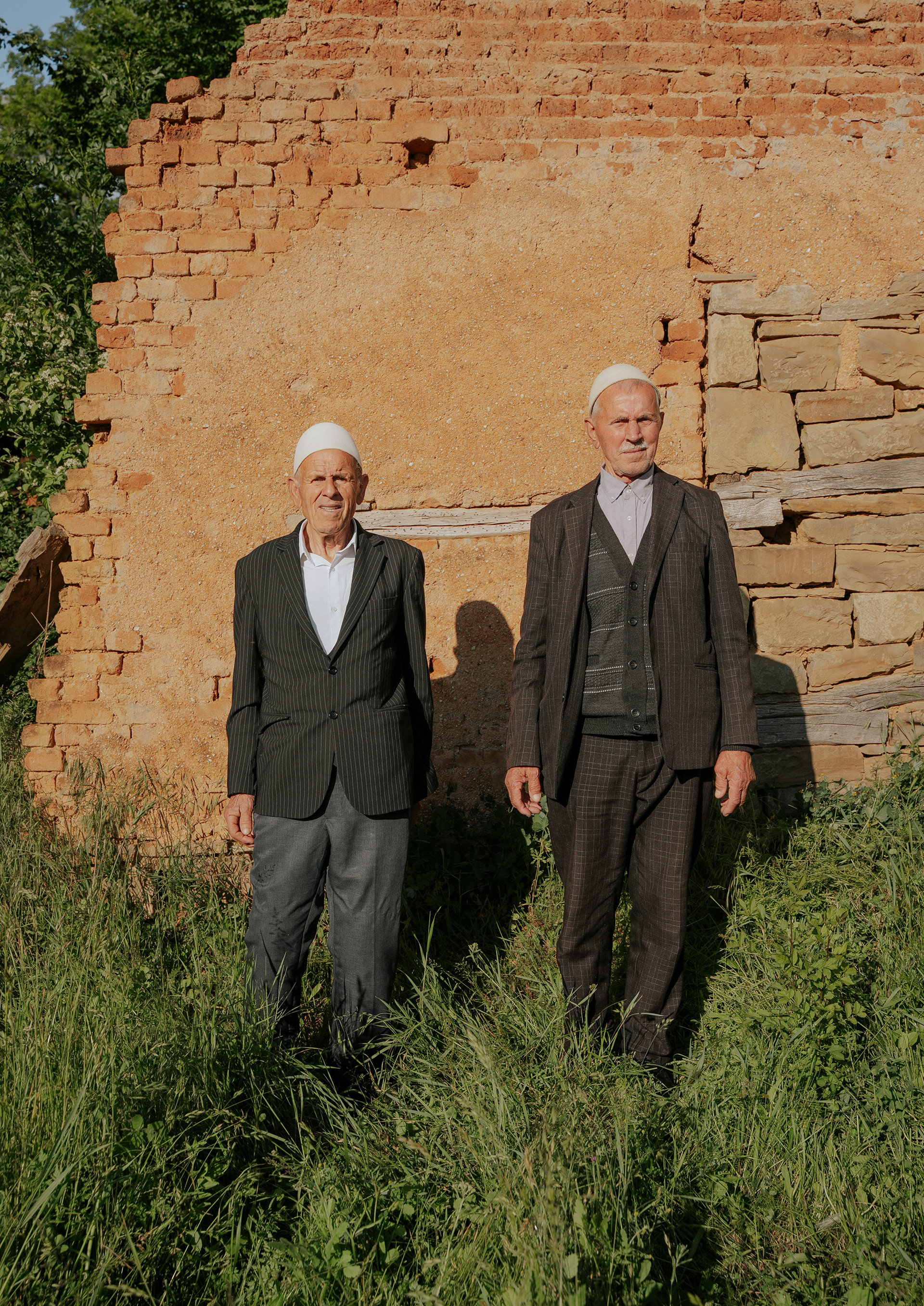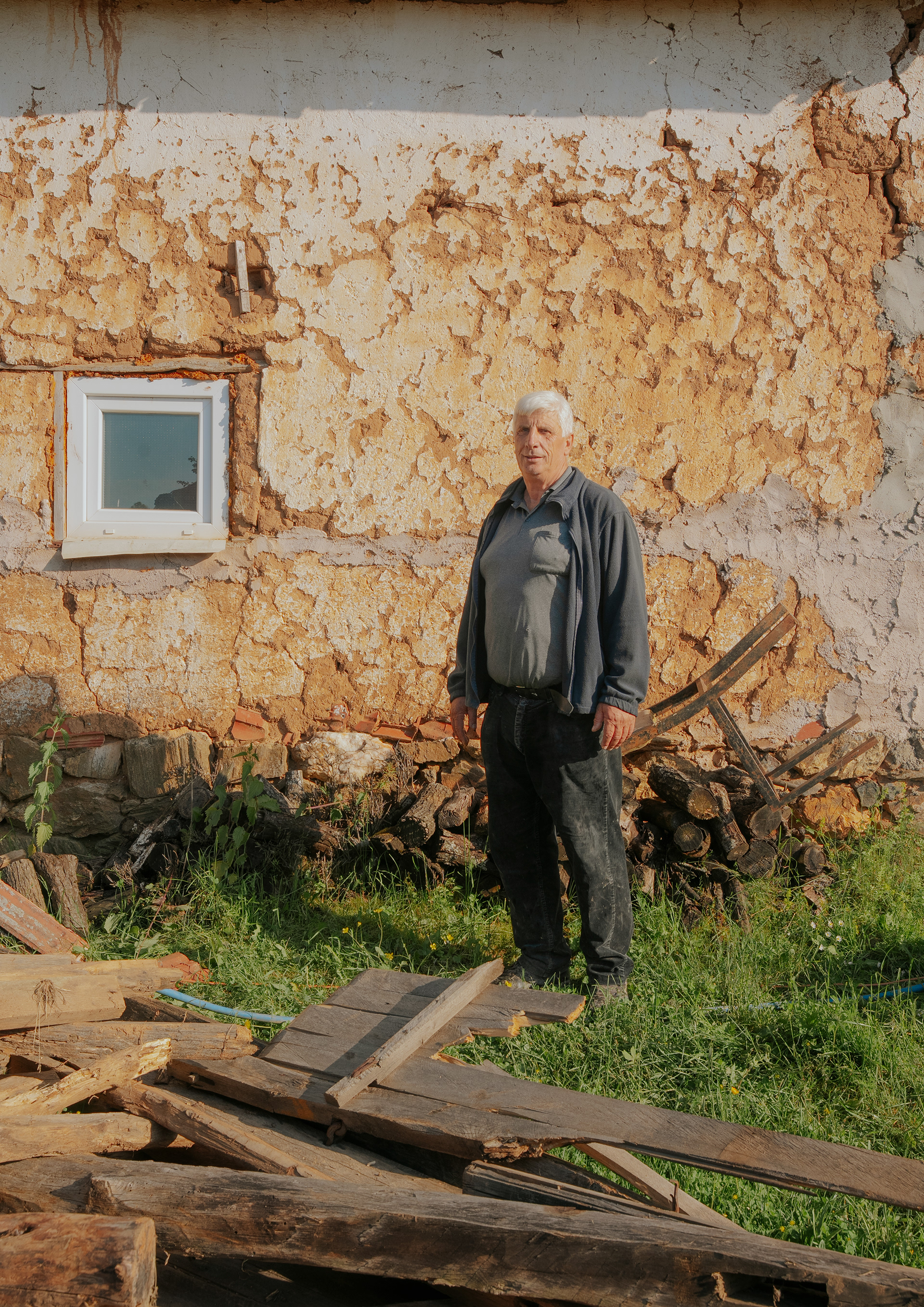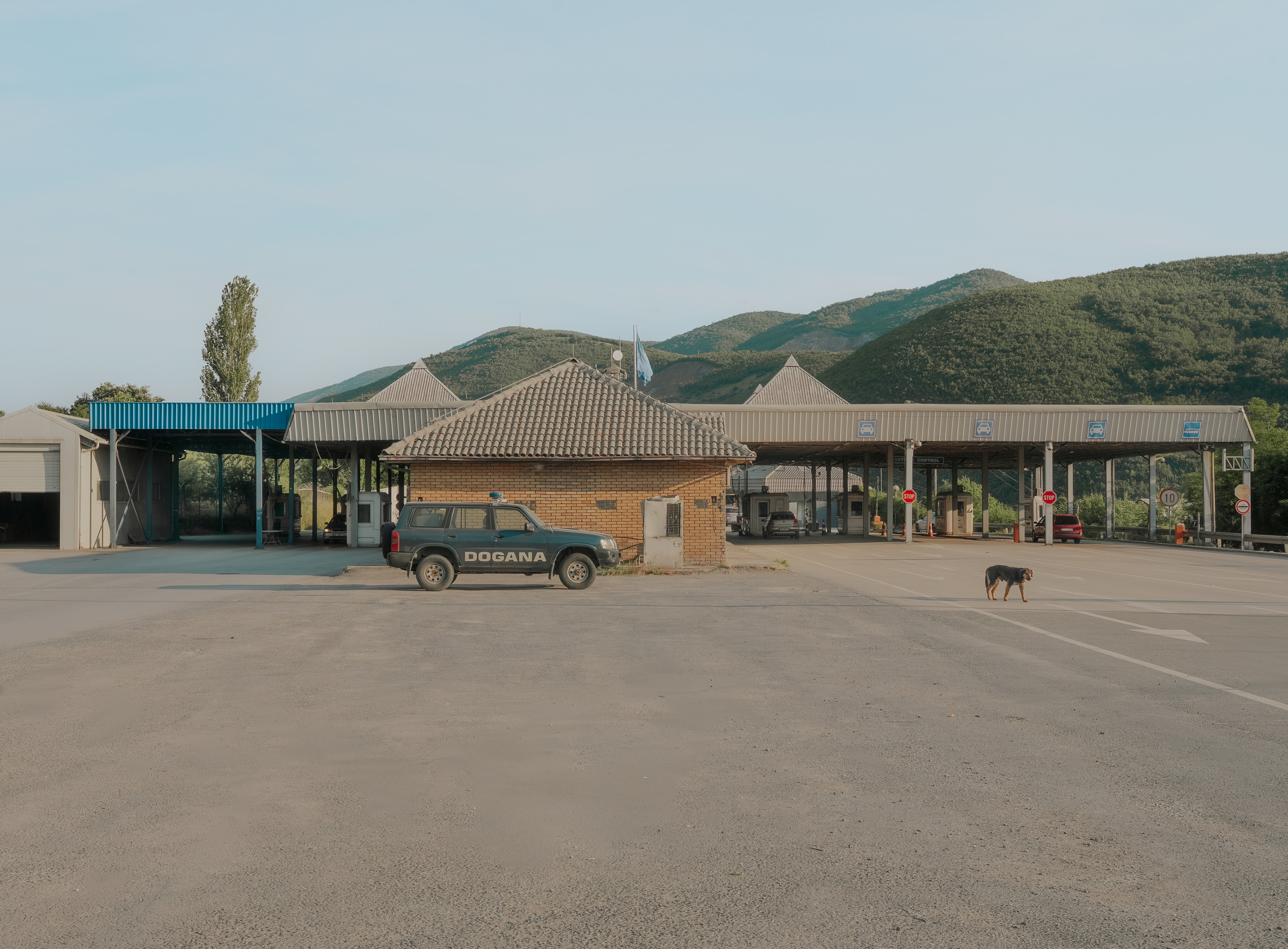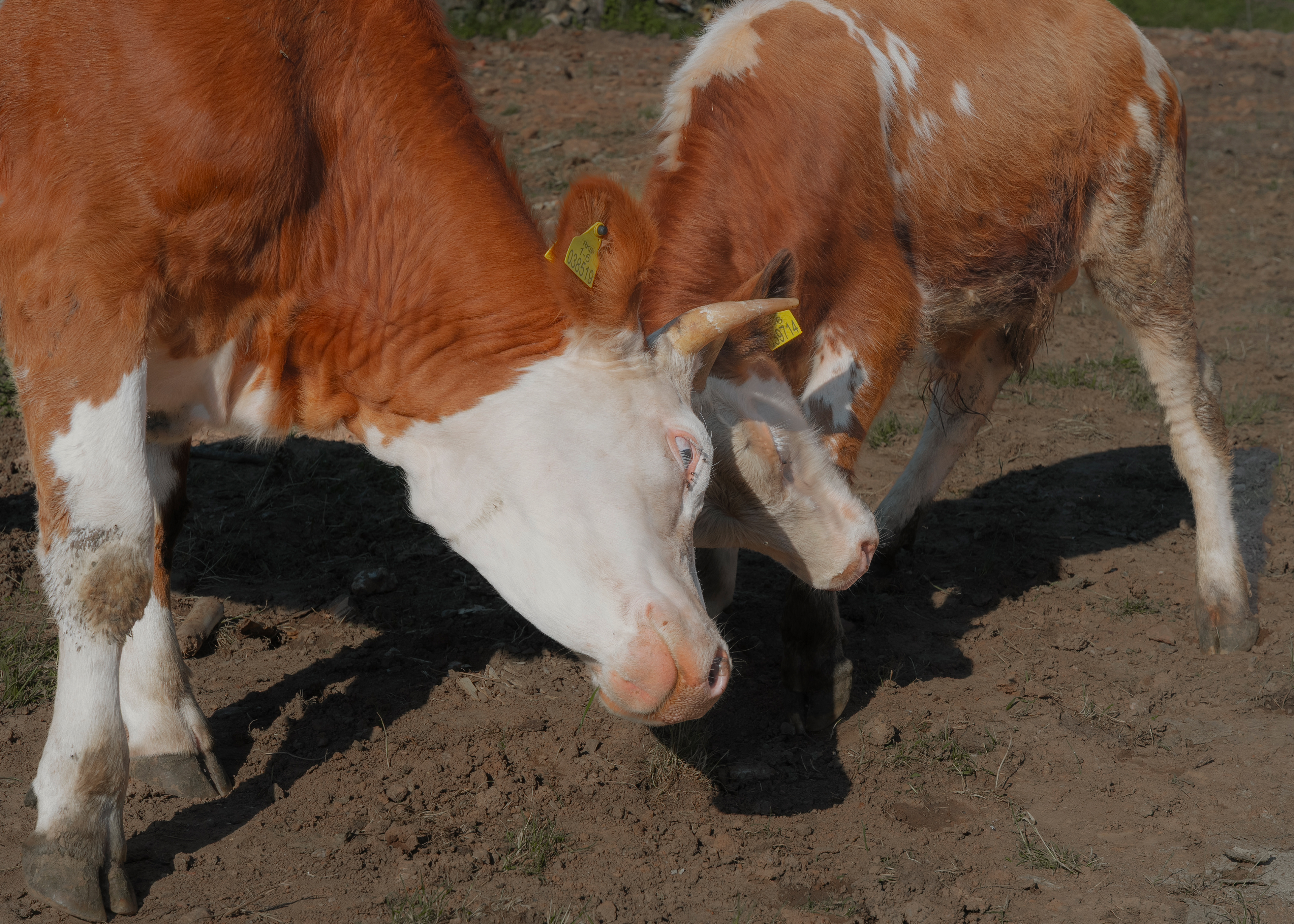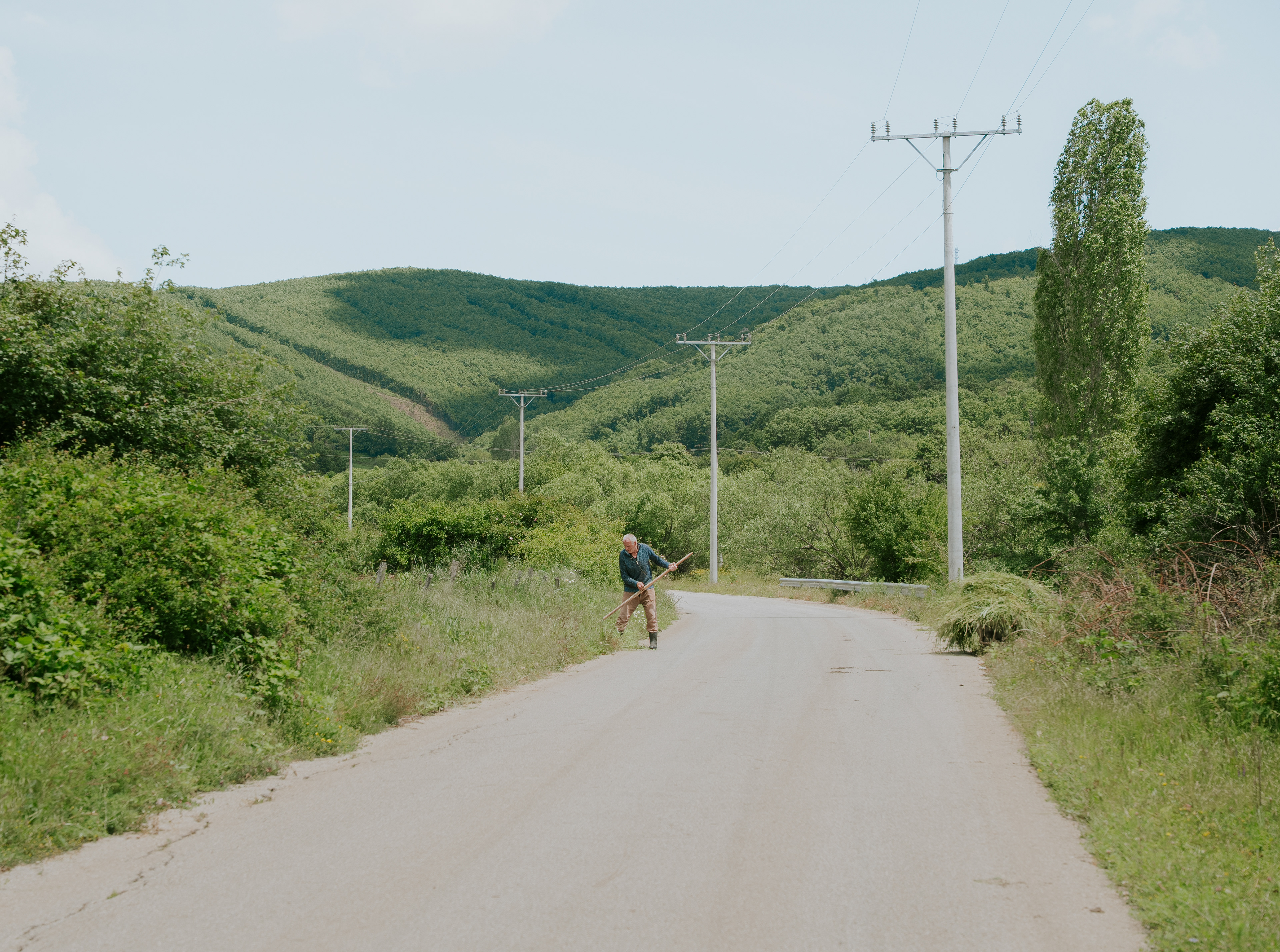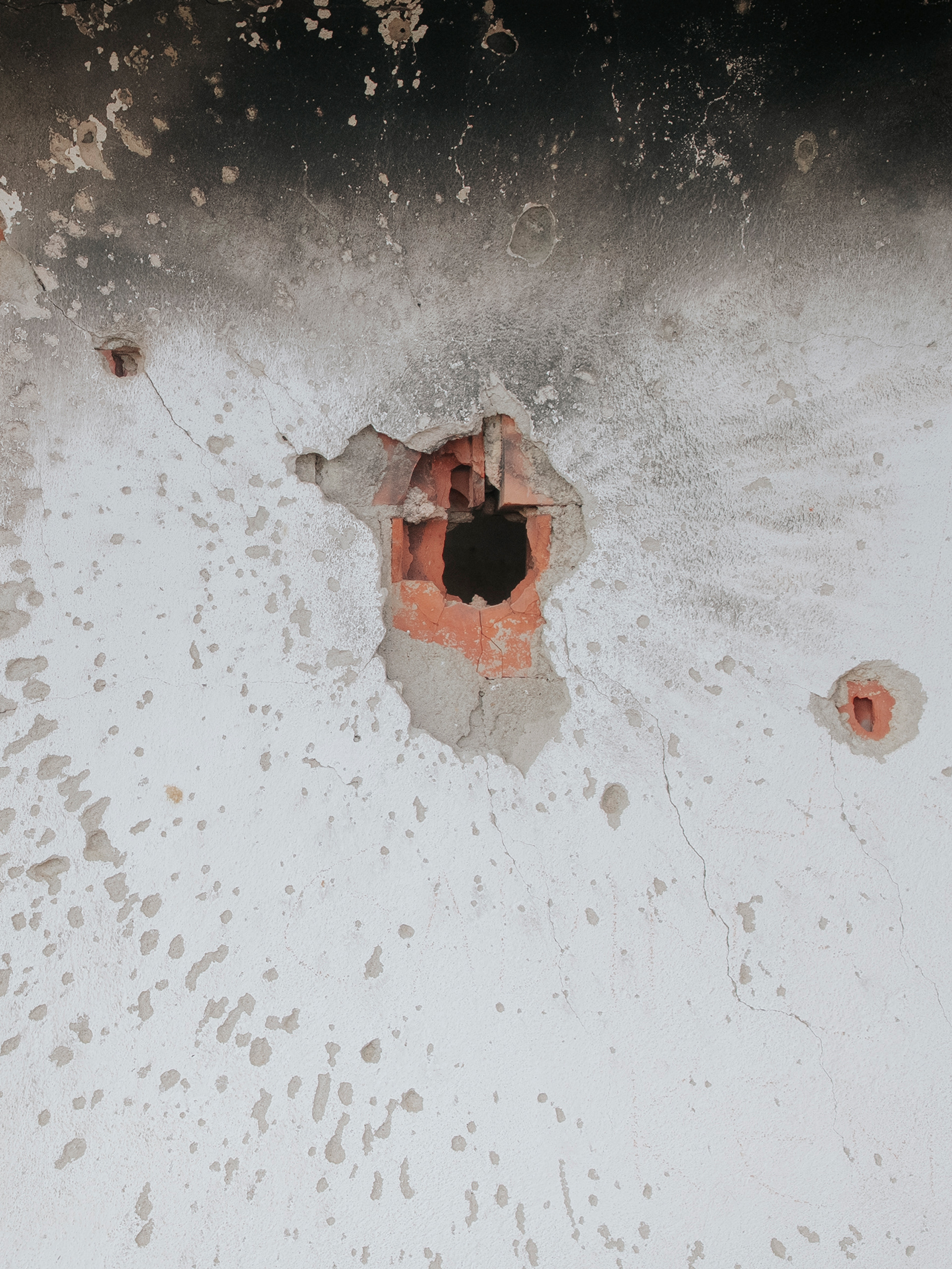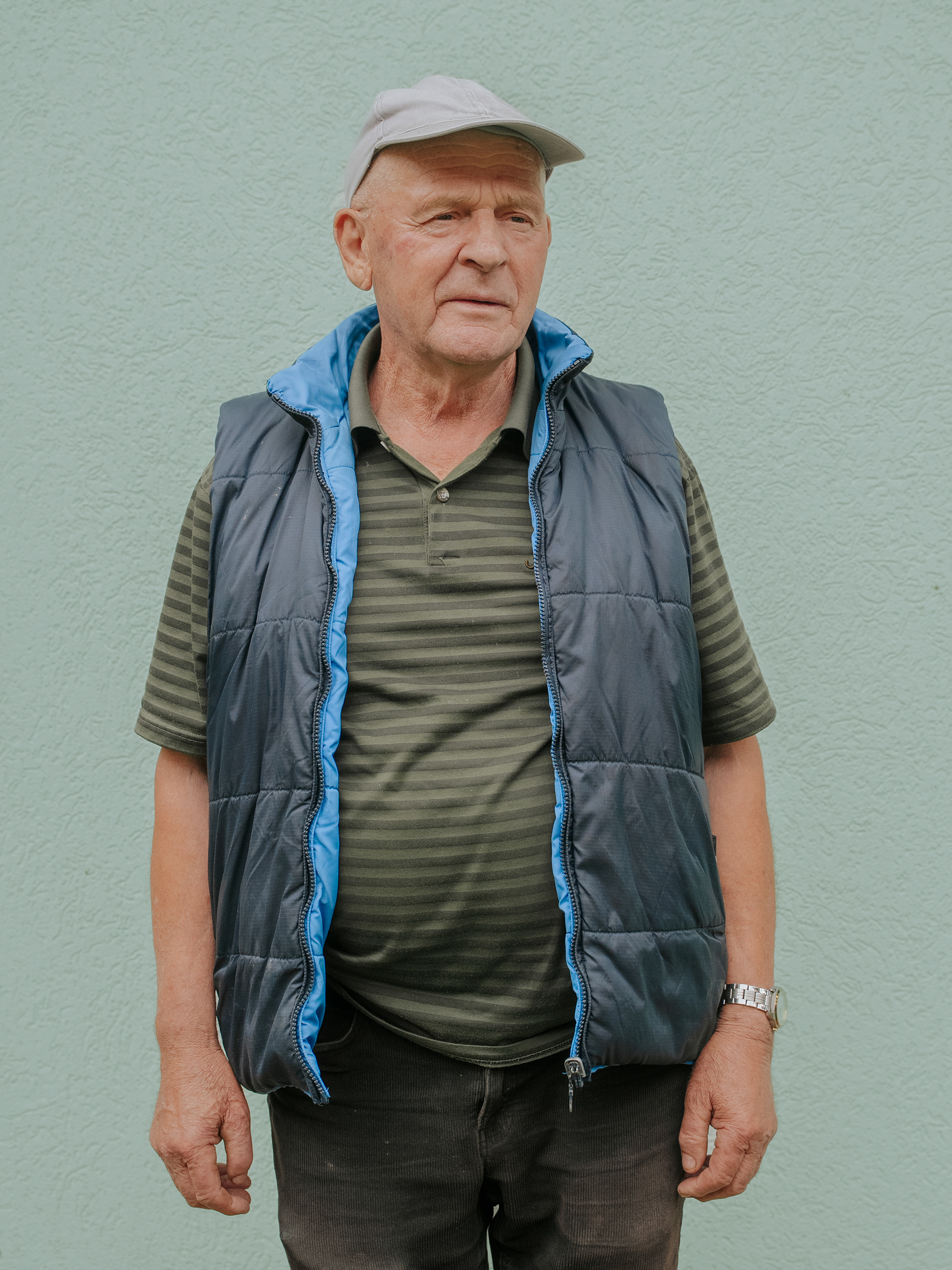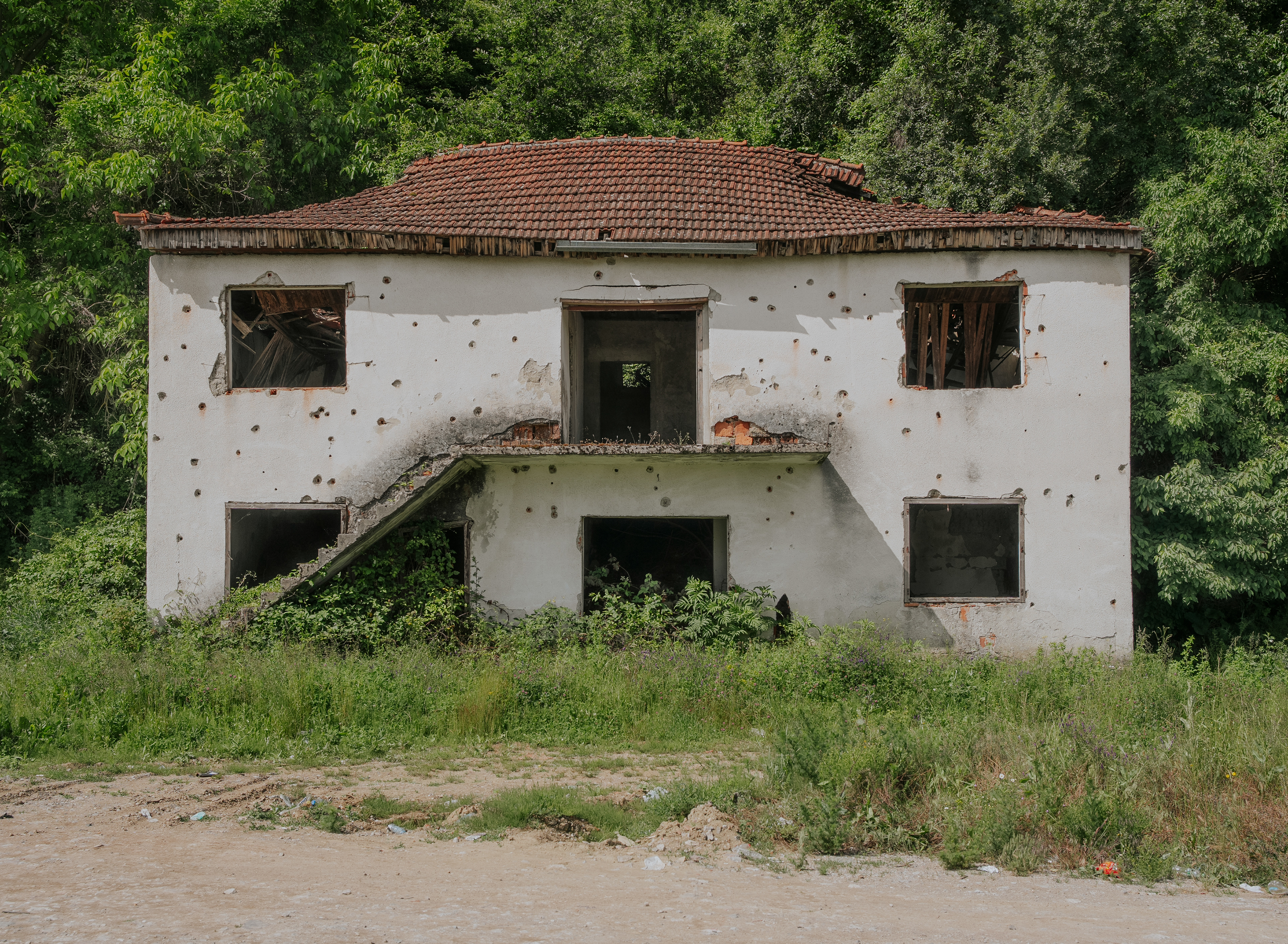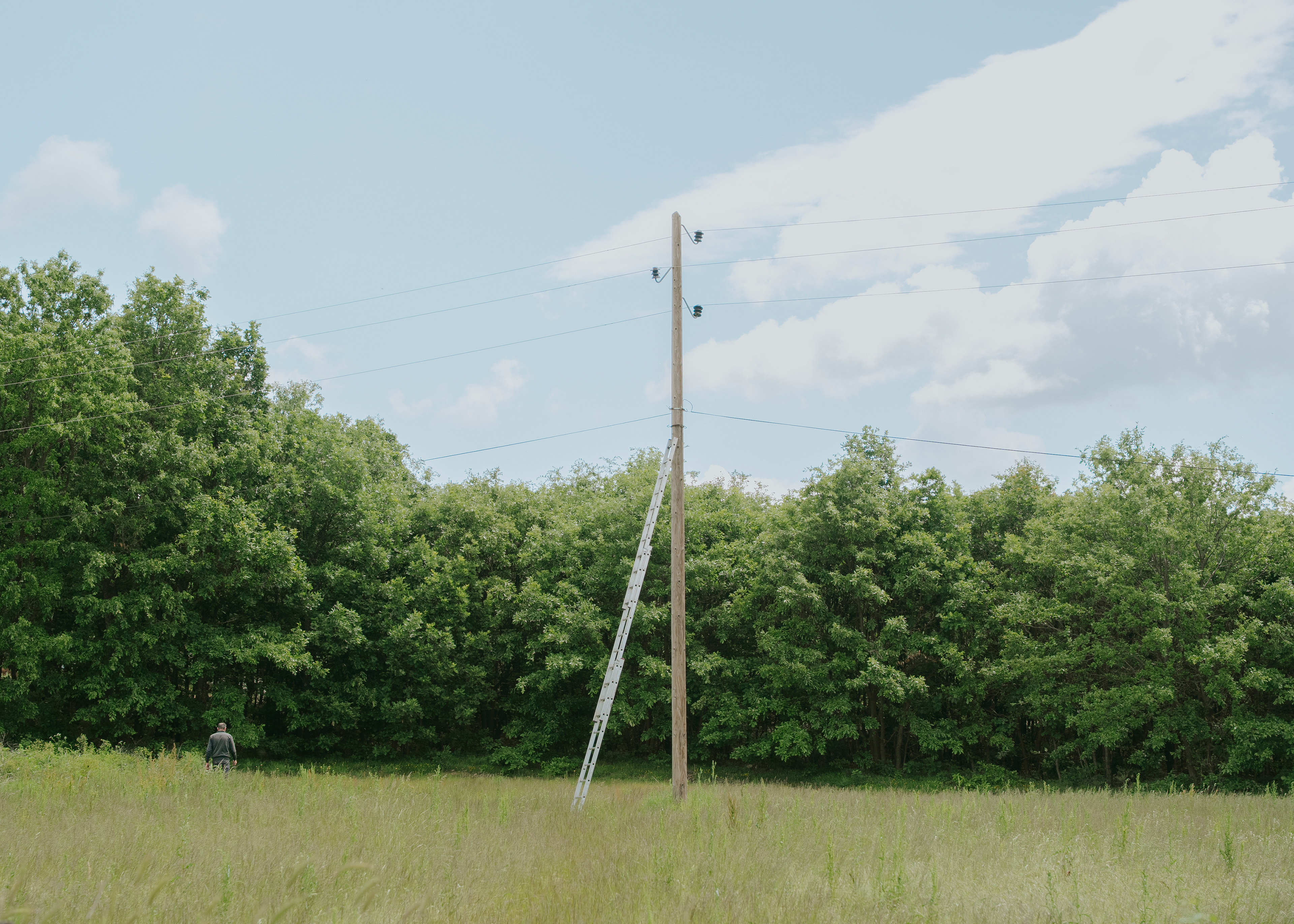Was bleibt (engl. What remains)
Until 1989, Kosovo was an autonomous province within socialist Yugoslavia. When Serbian leader Slobodan Milošević revoked this autonomy, the Albanian majority was systematically excluded from education, administration, and public life. Years of repression and failed peaceful resistance culminated in 1996 with the emergence of the Kosovo Liberation Army (UÇK). On February 28, 1998, open war erupted between the UÇK and Serbian security forces. Villages and cities were destroyed; homes, schools, and cultural sites deliberately targeted. Around 1.5 million people were displaced, and international law was violated on a massive scale. Between 1998 and 2000, more than 10,000 civilians were killed or went missing, and over 1,600 remain unaccounted for today.
Until 1989, Kosovo was an autonomous province within socialist Yugoslavia. When Serbian leader Slobodan Milošević revoked this autonomy, the Albanian majority was systematically excluded from education, administration, and public life. Years of repression and failed peaceful resistance culminated in 1996 with the emergence of the Kosovo Liberation Army (UÇK). On February 28, 1998, open war erupted between the UÇK and Serbian security forces. Villages and cities were destroyed; homes, schools, and cultural sites deliberately targeted. Around 1.5 million people were displaced, and international law was violated on a massive scale. Between 1998 and 2000, more than 10,000 civilians were killed or went missing, and over 1,600 remain unaccounted for today.
After the failure of peace talks in Rambouillet, NATO launched airstrikes against Yugoslavia on March 24, 1999. By June 10, the Yugoslav army withdrew under the Kumanovo Agreement, and the United Nations assumed administrative control of Kosovo under Resolution 1244. Yet, decades later, many crimes remain unpunished, and tensions persist. The scars of war are still present—visible in landscapes, ruins, and collective memory.
In between destroyed buildings, cautious conversations, and silent moments, one question arises: What remains—of a war that is officially over, but still deeply felt today?
With my project What Remains, I traveled across Kosovo to places profoundly marked by the war of 1998–1999. I met people who had lived through the conflict, listened to their stories, and gained insight into their memories and perspectives. My intention was not only to document, but to sense and convey the atmosphere that still lingers. To reveal both visible and invisible traces of the conflict and to draw attention to a history that is still often silenced, unacknowledged, and unresolved. This work is a reminder of what has not yet been faced, and of the human need to remember.
With my project What Remains, I traveled across Kosovo to places profoundly marked by the war of 1998–1999. I met people who had lived through the conflict, listened to their stories, and gained insight into their memories and perspectives. My intention was not only to document, but to sense and convey the atmosphere that still lingers. To reveal both visible and invisible traces of the conflict and to draw attention to a history that is still often silenced, unacknowledged, and unresolved. This work is a reminder of what has not yet been faced, and of the human need to remember.
